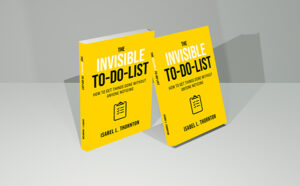Ever wonder why some cultures treat midday rest like a national treasure? In Spain, shops routinely close for a midday siesta. Meanwhile, in Japan, it’s not uncommon to see someone doze off on the train as part of “inemuri,” a practice that subtly indicates they’re working so hard they can only grab rest whenever they can. These aren’t just charming quirks; they’re time-tested strategies for thriving in everyday life.
Spain’s Siesta
Traditionally, Spaniards take a midday break when temperatures soar, returning to work in the cooler late afternoon. Yes, it helps with the heat, but it also fosters a culture where rest is woven into the daily schedule. Although modern business hours sometimes overshadow this tradition, many still relish the siesta as a chance to recharge and even share a home-cooked meal with family.
Japanese Inemuri
In Japan, “inemuri” loosely translates to “sleeping on duty,” but it carries none of the negative connotations you might expect. If an office worker nods off momentarily at their desk, it signals they’re dedicated to the point of near-exhaustion. While Westerners might raise an eyebrow, the practice can reflect a communal understanding that humans aren’t robots—short rests help maintain overall performance.
Other Cultures, Same Idea
Across Latin America, variations of the siesta exist in rural towns, helping farmworkers cope with midday heat. In Middle Eastern countries with scorching climates, daytime naps prevent burnout before resuming evening tasks. So, if you thought short sleeps were purely a modern “productivity hack,” think again—these practices have thrived for centuries.
What We Can Learn
- Embrace a Rhythmic Day: Many napping cultures split the day into two productive blocks, avoiding the dreaded post-lunch slump.
- Normalize Rest: By openly valuing naps, communities remove the guilt or stigma many Westerners feel. Imagine if your city just hit “pause” for half an hour each afternoon. Dreamy, right?
Adapting Their Methods
While you may not live in a siesta-friendly town or have the social acceptance of inemuri, you can still glean lessons. Perhaps schedule a short nap break or “quiet half-hour” in your routine. Or if you share an office, suggest a trial run—who knows, your team might love it.
Final Thought: The next post will dive into how to find your own nap sweet spot, whether that’s a micro-nap or a full 90-minute cycle. If you’re intrigued by the worldly wisdom of daytime rest, check out The Nap’s Secret Superpowers: Unlocking Health, Creativity, and Productivity Through Short Rest—a global tour of napping traditions and tips to blend them into your 21st-century life.





